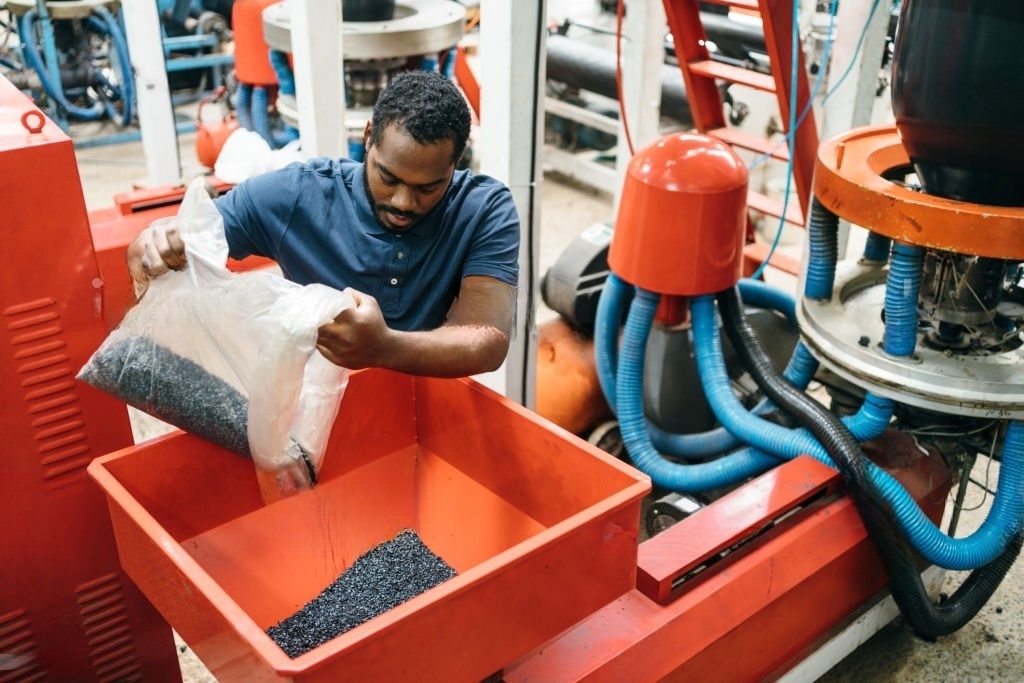Vimal Plastic Recycling
The Vimal Plastic recycling refers to the process of collecting, sorting, processing, and transforming used plastic materials into new products, in order to reduce the environmental impact of plastic waste. Plastic recycling is the process of converting plastic waste materials into new products or materials.
Plastic recycling helps to reduce the environmental impact of plastic waste by conserving natural resources, reducing energy consumption, and decreasing the amount of plastic that ends up in landfills or as litter in the environment.

The Features of Plastic Recycling:
Plastic recycling has several benefits, including conserving natural resources, reducing energy consumption, reducing greenhouse gas emissions, and reducing plastic waste in landfills and oceans. However, it also has challenges, such as contamination of plastic waste, limited markets for recycled plastic, and the need for improved collection and sorting methods. Proper plastic recycling requires collaboration between consumers, businesses, governments, and recycling facilities to ensure the effective and sustainable management of plastic waste.
The Plastic Recycling involves several stages:
Collection: Used plastic items, such as bottles, containers, and packaging, are collected from households, businesses, and other sources. Collection methods may include curbside pickup, drop-off centers, or specialized recycling programs.
Sorting: The collected plastic materials are sorted based on their type and quality. Plastics are categorized by resin identification codes (RICs), which are the numbers inside the triangle arrows on plastic products. Common types of plastic include PET (polyethylene terephthalate), HDPE (high-density polyethylene), PVC (polyvinyl chloride), LDPE (low-density polyethylene), PP (polypropylene), and PS (polystyrene). Sorting is important to separate different types of plastic for further processing.
Processing: Sorted plastics are then processed to remove any impurities, such as labels, caps, and contaminants. The plastic materials are then cleaned, shredded, and melted into small pellets or flakes, which can be used as raw material for manufacturing new plastic products.
Transformation: The processed plastic pellets or flakes are used to manufacture a wide range of new products, such as plastic bottles, containers, packaging, toys, furniture, automotive parts, and more. These products can be used in various industries and applications, reducing the need for virgin plastic production.
